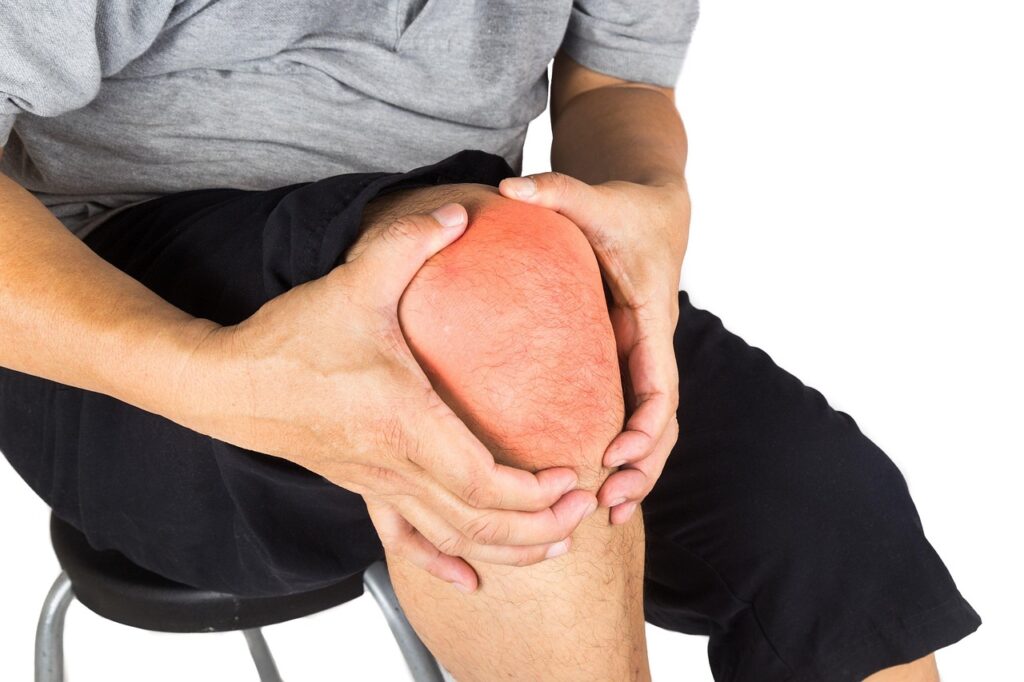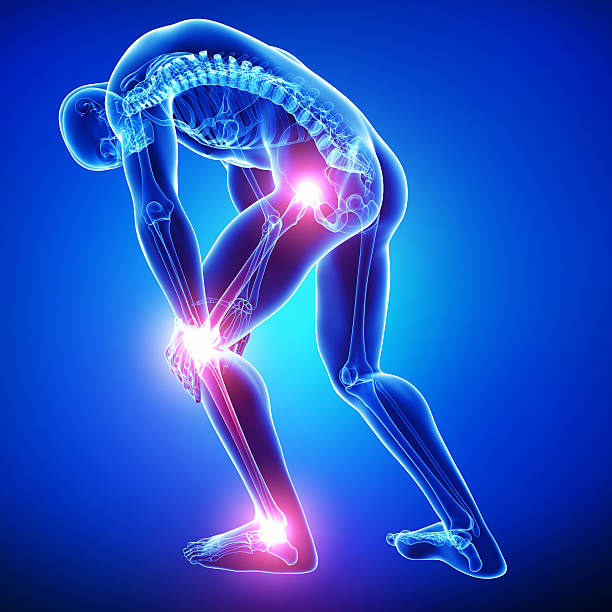JOINT PROBLEM PREVENTION ;STRATEGIES TO KEEP
STRATEGIES TO PREVENT ;JOINT PROBLEM
To prevent joint problems, focus on maintaining a healthy weight, engaging in regular low-impact exercise like walking or swimming, practicing good posture, stretching regularly, avoiding repetitive motions, using proper lifting techniques, and eating a balanced diet rich in anti-inflammatory foods; consult your doctor about the best exercise plan for your needs.


Joint pain can be caused by a variety of factors and conditions. Here are some common causes and related issues:
Osteoarthritis (OA): The most common type of arthritis, OA occurs when the cartilage that cushions the joints wears down over time, leading to pain, swelling, and reduced motion. It commonly affects weight-bearing joints like the knees, hips, and spine.
Rheumatoid Arthritis (RA): An autoimmune disease where the body’s immune system attacks the synovium, the lining of the joints, leading to inflammation, pain, and potential joint deformity. RA often affects multiple joints, particularly in the hands and feet.
Gout: Caused by the accumulation of uric acid crystals in the joints, gout leads to sudden, severe pain, redness, and swelling, often starting in the big toe.
Psoriatic Arthritis: Associated with the skin condition psoriasis, this type of arthritis can cause joint pain, swelling, and stiffness, affecting various joints and sometimes causing nail changes.
Lupus: An autoimmune disease that can cause joint pain and swelling among other systemic symptoms. Lupus can affect various organs and systems in the body.
What surgical options are available to relieve joint pain?
Surgery may be an option if your joint pain is long-lasting and doesn’t lessen with drugs, physical therapy or exercise.
Surgical options that are available include:
Arthroscopy
Arthroscopy is a procedure where a surgeon makes two or three small cuts (incisions) in the flesh over your joint. They get into your joint using an arthroscope — a thin, flexible, fiberoptic instrument — and repair your cartilage or remove bone chips in or near your joint.

Joint fusion
Joint fusion is a procedure in which a surgeon fastens together the ends of your bones, eliminating the joint. The surgeon may use plates, screws, pins or rods to hold your bones in place while they heal. Surgeons most commonly perform joint fusions on your hands, ankles and spine.
Osteotomy
During an Osteotomy , a surgeon realigns or reshapes the long bones of your arm or leg to take pressure off the damaged portion of your joint. This procedure can help relieve pain and restore movement in your joint.
Joint replacement
If other treatments don’t help, you may need joint replacement surgery to replace your joint when the cartilage that cushions and protects the ends of your bones wears away. This can be done for hip, knee and shoulder joints. A surgeon removes parts of your bone and implants an artificial joint made from metal or plastic. This procedure has had excellent results and most people feel long-lasting pain relief after this type of surgery.

